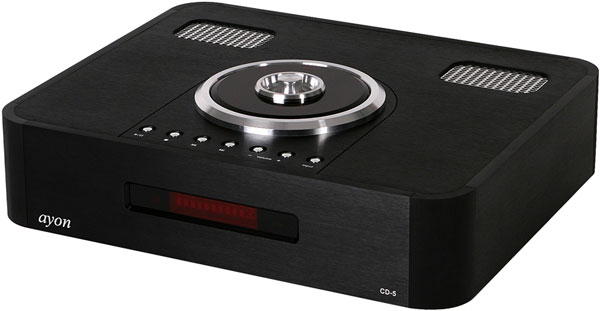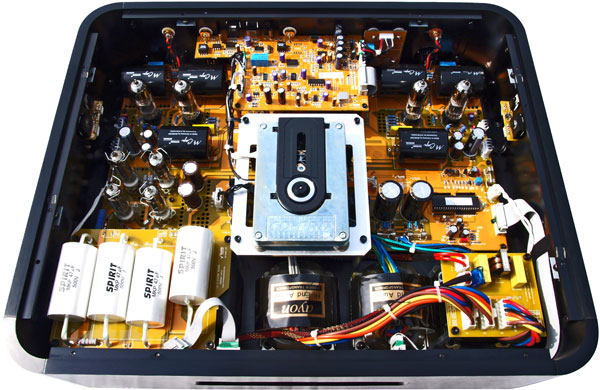 The adolescent Doug Schroeder
The adolescent Doug Schroeder
When I was in my early teens I rode the Screamin’ Eagle rollercoaster at Six Flags St. Louis. What a memorable first ride! It must have been about 1977, maybe a year after the coaster opened, and it was a hot, sticky summer day. At the small band shell near the coaster a funky disco group called KC and the Sunshine Band jammed for riders. I waited impatiently for the front seat of the coaster to have my first ride. I was matched up with a teen girl of unmemorable description, and we bolted toward the sky. Well, actually we ka-chunk, ka-chunked our way as the chain pulled us upward to the first drop. One hundred ten feet high and sixty two mph – it was the “baddest” of the coasters at the time!
As we reached the crest I let out a whoop. I turned toward my terrified co-passenger, encouraging her, “Put your hands up!” She had a death grip and was not letting go. We sailed around the track, swaying semi-violently as we were flung side to side in the bench seat. Once we hit the sweeping turn at the top, my extended elbow plowed into her head and sent her eye glasses plummeting into the blurry void below! I screamed over the coaster’s roar, “I’m SO sorry!” My arms were no longer extended. Profusely I apologized as we careened into the last turns and came to a stop. Exiting the ride I steeled myself against the horror to come which would include facing disgruntled mom and dad, apologizing repeatedly to her parents, humiliation and expense for replacement glasses. As I tried to face up to the circumstances, she became adamant, “GO! GO! I never wanted glasses! GO! Now I can get contacts!” She shooed me away like a stinky farm animal, “Go, now, before my parents come back!” I went (and there’s still a pinch of residual guilt about it). As I walked away I thought, “Wooooooooooooo!” Now THAT was a ride!
It’s now 2010, I’m back on the Screamin’ Eagle, and no one’s glasses are going to get knocked off. But my hands are in the air, and I’m going, “Woooooooooooo,” as I listen to the Ayon CD-5, “Now THIS is a Redbook ride!”
I have had the pleasure of reporting on Ayon Audio, a company and components which are among the best designs to emerge in high-end two-channel audio in the latter half of the 1990’s. In particular, I’ve had the privilege of working with four players by the talented Gerhard Hirt, a man whom I sense, based on his designing prowess, has the potential to become an Icon in the audio industry. I am now at the peak, the summit, the crest of the wave, the top of the Screamin’ Eagle – Look out World! The Ayon CD-5 is here! Yah–hooooooooo!
Ok, so that’s a bit overdone for a reviewer who’s supposed to be objective. Fine; let’s go with the alternative opening…
As the landscape for media is changing rapidly, so is the nature of audio equipment. Who thought ten years ago that integrated amps would make a big splash in America at the turn of the millennium? Who would have dreamed that vinyl would have arrested its fall and turned upward in numbers of users and albums being produced? Who would have thought that the standalone preamp would be challenged by Redbook CD players?
Yes, you read right, preamp…challenged by… CD player. Before we proceed, allow me to reassure that your preamp is likely not obsolete, that is, unless you own an Ayon CD-5. In that case, if you are like me you will find yourself streamlining your audio system to a degree not thought practicable only several years ago. You will be running your sources into your CD player, your CD player straight into your amps, and it will never have sounded better! In fact, as long as the Ayon CD-5 is in my room, it will be my explicit goal to see if, when building any system, I can avoida preamp and work solely with the CD-5 and amps. Surely, I jest, right? Wrong; I’m dead serious about building the best systems possible, and I’m dead serious about the CD-5 and amp combo.
As of this product’s entry into the marketplace your preamp is not completelyobsolete, just mostly obsolete. If you have a hankering for top-notch Redbook, or to play steaming audio via digital coax or USB, then your preamp is obsolete if you obtain a CD-5. Why do I keep saying “obsolete”? Whereas most CD players contain no preamp function, or at best a functional but unimpressive level control, the CD-5 has an audiophile tube preamplifier function built in. It is impressive in quality such that only the very finest preamps will improve upon it. Gerhard points out that the Ayon Polaris II and Spheris, two-chassis dedicated preamps, are of higher caliber than that inside the CD-5. However, consider that when I was using the Ayon CD-2 I was already experiencing such good sound from the player direct to amp(s), through the elimination of a component and set of cables, the only preamp I had used which did not harm the sound simply by being in the chain was the VAC Renaissance Signature Preamplifier MkII, a $14K component! I have been spending a fair bit of time in the past two years working to perfect my rig as dual mode, operating either with a pre or without one, but at all times running at the highest fidelity. Using the CD-5, you can obtain results which will match or best most high fidelity systems using a dedicated preamp.
Construction
You might think that a reckless statement to make, however you don’t yet know what’s inside the CD-5. Once you know that, you may see I’m not so reckless in that assertion. For starters, the player is huge, at 50 x 41 x 13 cm (approx. 20 x 12.5 x 5 inches) it is quite a bit larger than most players. More volume means more space to include a nice preamp section, which is precisely what Ayon has done. It’s massive with a capital M, with a half inch thick aluminum-brushed anodized black chassis bringing its weight to 45 pounds (18 Kg)! It’s much deeper and wider than most players, so take care with placement as it may not fit your current rack. No problem, get a different rack. No shelving should stand in the way of this purchase decision. You may want a different rack anyway; this player should not get stuffed in between shelves as it gives off much more heat than a traditional CD player – it has eight tubes inside. You’re going to want an easy access set up anyway, as it’s a pain to reach into a shelving unit to access a top loader.
Externally the front mounted backlit top controls are expanded to include not only basic functions such as PLAY, STOP, PAUSE and SKIP TRACK, but also VOLUME +/- and INPUT. Should anything untoward happen to the remote, one is not SOL.
Initialization process of discs continues to undergo refinement with the CD-5. In the CD-2, there were occasions when initialization did not occur properly approximately once every fifteen attempts. I would lift the lid slightly to re-seat the disc for initializing. With the CD-5 all such niggling adjustments have been banished; not once has a disc failed to initialize perfectly, and I might add quickly. Gerhard pointed out that the “misfire” was a slightly touchy MCU (or “error” correction chip), which in the CD-5 has been reprogrammed to work flawlessly. Even upon turning on the unit, the soft start “Warm Up” for tube life preservation is fairly rapid and the player is efficiently prepared for play.
The rear of the unit is stuffed with connection options, included at this price level were the expected L/R single ended and balanced inputs and outputs, switchable via a toggle switch. The array of digital input options includes Coaxial, Optical, USB and AES/EBU. Similarly, digital outputs include SPDIF/RCA, I2S, and AES/EBU. The I2S output is of interest, as it supports fully 24bit/192kHz high resolution data. I would have dearly loved to have on hand the PS Audio Perfect Wave DAC to try with the CD-5 via the I2S, but as you will see below the circumstances prevented it.
Some additional surprises include the two sets of analog inputs, labeled LINE 1 and LINE 2. The manual does not discuss them at length, however they are unusual in that they utilize an A/D converter to put them in the digital domain, then the signal is upsampled to the full 24 bit/192kHz! Similarly, the USB input is upsampled to 24/192, and according to Charlie Harrison of Ayon USA, will accept whatever high resolution signal you throw at it. This puts the CD-5 on similar turf with the PS Audio Perfect Wave, in converting disparate sources to a common standard. I have been futzing lately with an inexpensive analogue rig and was very pleased by the quality of sound sending the phono preamp’s outputs to the ANALOGUE IN of the CD-5. While it may seem incredible that an analogue signal would be converted twice, the result was highly satisfactory. With the CD-5, one has the luxury of being able to subject all sources to upsampling. Sources are not automatically subject to upsampling, it is optional and can be engaged for all inputs via the remote control.
- (Page 1 of 5)
- Next page →

